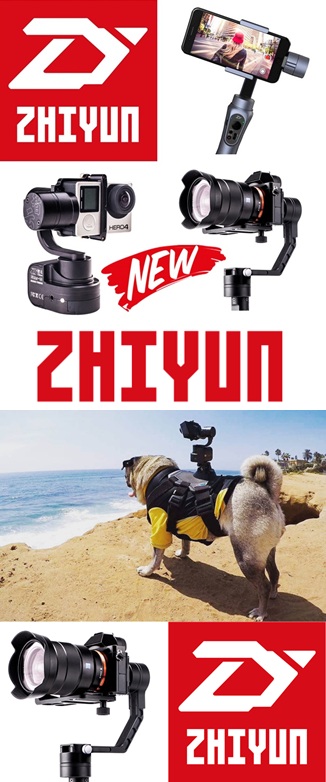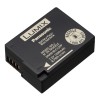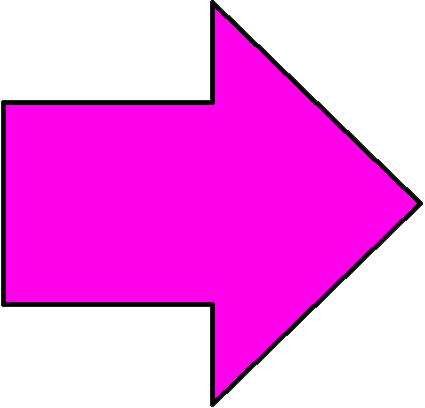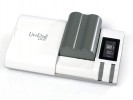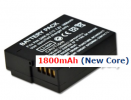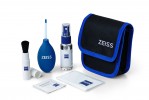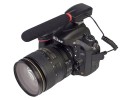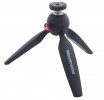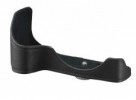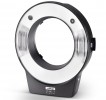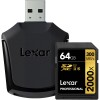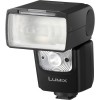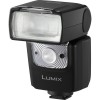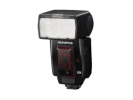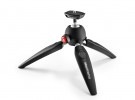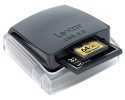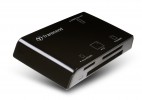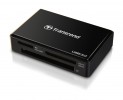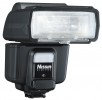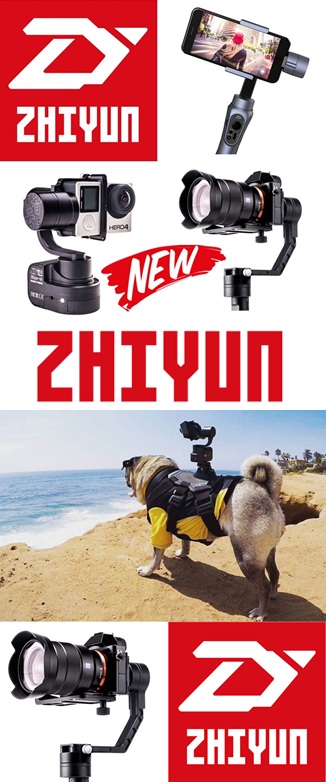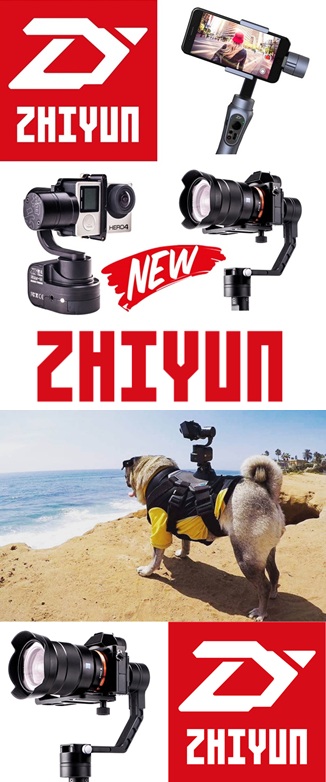Video. It's one of the big new words in system camera vocabulary. For the Lumix G7, however, its 4K ultra-high definition modes are there not just for its moving-image prowess but, thanks to in-camera image extraction from the footage, to enhance its still image capabilities too.
Which isn't entirely new. The Panasonic Lumix GH4 already offers such a feature(albeit not with its own dedicated mode on the drive dial), but is a much pricier camera. That's the crux of the G7: its £599 body-only price tag is less than half its GH4 big brother was at launch. This is Panasonic's affordable 4K poster boy - a GH4 Lite for the masses, if you will.
We've been shooting with the Lumix G7 for the day at its European launch to get a taste of whether its a 4K future or more a case of system cameras running out must-have features.
First thing's first: the G7 doesn't feel nearly as premium as its GH4 counterpart. That price gap can be felt, from the plasticky finish of the top panel, through to the slightly off-colour rotational thumb dials. The titanium finish of our sample (which is a Jessops exclusive) looks more plastic than the black version too.

But materials aside, the design and layout of the G7 make a lot of sense. It's a larger body than its G6 predecessor in every direction, with a new protruding grip showing that Panasonic isn't afraid to opt for a larger scale. Yes, we've seen dinkier G-series cameras before, but the likes of the Lumix GM5 are for a different audience - and not the mid-level DSLR market that Panasonic is targeting with the G7.
By including a dedicated mode dial, separate drive mode dial, two thumbwheels, and five physical function (Fn) buttons, no settings are far from reach. With an eye to the raised OLED viewfinder, the exposure compensation Fn button atop the camera works harmoniously with the rear thumbnail.
The only oddity, perhaps, is a sixth unmarked function button mounted in the centre of the rear thumbwheel, which feels impractical to press when holding the camera. By default this doubles-up the thumbwheels' controls - front for white balance and rear for ISO, instead of the typical aperture and shutter speed controls - in a similar manner to the 2x2 level found in some of the Olympus OM-D range. Only with the Panasonic G7 there are already dedicated WB and ISO markings on the four-way d-pad, so this new feature doesn't feel as natural or necessary as it could have.

When not using physical control buttons, the touchscreen control of the quick-access Q.Menu make light work of changing settings. We're big fans of the vari-angle mounted LCD screen, too, as the ability to shoot at waist level or even ground level helps with more creative framing.
As part of our shooting day we've been snapping models throwing coloured powder into the air, entertainers juggling, Spanish tapas glinting in the sun, the dim conditions of building interiors, and more. The G7's autofocus system did a sterling job in all situations, whether relying on face detection, 49-area auto, single point or pinpoint mode (which zooms in to 100 per cent scale on the screen to ensure pinpoint focus).
Autofocus is on par with the GH4 thanks to the same system - we had both cameras in tow for this test - and super-fast depending on the lens attached to the front. When we popped the 30mm macro on, for example, things slowed down a fair amount. The only real frustration can be stray fingers hitting the touchscreen and moving the active focus point by accident.

We spent a lot of time shooting video clips for the purpose of extracting stills too, or what Panasonic calls 4K Photo. It's available on the drive mode dial, so easily selected. Available in press-and-hold, start/stop and pre-burst modes - the last of which captures a second of footage before and after hitting the shutter button, totalling 60 images - the resulting images are saved in a video package that can be navigated through frame by frame and shots extracted as 8-megapixel images right there on the camera. Fail to do that and the resulting MP4 file can be accessed using other software, such as Photoshop, on a PC.
Sometimes we suspect 4K Photo will come in handy, particularly as non-stop capture at 30fps for up to 30-minutes is possible, but we're not sure it's the immediate go-to mode for all things. The name's kind of confusing for starters (a 16-megapixel sensor capturing 8-megapixel images, packaged as "4K Photo", but with a video file the end result); no raw files and more compression; oh, and continuous autofocus still isn't perfect and can lose focus of the subject sometimes (nothing too bad though).

The pre-burst 4K Photo mode also needs some fine tuning: the autofocus can't be achieved via a half press of the shutter, so out-of-focus shots weren't uncommon. The viewfinder/screen blacks-out when the shutter is pressed too, so you'll feel detached from the action unfolding in front of the lens. Having that second of images before pressing the shutter is a nice idea, but it's something Nikon already does in its J-series cameras.
Sometimes it comes down to good ole still images. With its 16-megapixel sensor and improved Venus Engine for processing, plus reworked algorithms to extract the most from shots, the G7 produces decent overall quality. We're only able to show them at 8-megapixel scale from this pre-production model, quality isn't final, nor are we able to view raw files. But we still already like what we see.
It might be half the price of the GH4, but the G7's resulting images aren't half as good. The sensor on board is the same stock as that found in the Lumix GF7. That means deep blacks, realistic colours (sometimes a little flat and lacking vibrancy), accurate exposures and well controlled image noise. It's not a giant leap forward compared to the earlier G6, but in the current imaging environment that's increasingly becoming the norm.

We've been shooting even into four figure ISO settings without noticing excessive colour noise, there's only a lick of it in mid-grey areas in shots at ISO 2,000 for example. Detail doesn't appear as bitingly sharp at such ISO sensitivities, of course, but even an ISO 5,000 shot was colourful and maintained ample detail.
The sensor isn't as large as some of its competitors, but with the right wide aperture lenses put to use it's still possible to get blurred backgrounds and bokeh. As there's an electronic shutter option it's also possible to shoot at 1/16,000th second - which came in handy for suing f/1.7 in bright sunlight, something not possible without a neutral density for many other cameras out there. It makes for silent shooting too. Shame there's no ISO 100 or lower, though, with ISO 200 the base standard.
If video is more your reason for buying the G7 then the 4K recording option is available in MP4 only, with AVCHD available for 1080p. Unlike the GH4 the G7 doesn't offer Cinema mode and the higher-end options that brings, but there is a3.5mm microphone jack built-in to cover the majority of videographer bases.

After a long day's shooting, some 250-shots in, and with multiple 4K video clips captured, the battery's three bar gauge began to flash, showing its juice had run dry. Not a bad innings, but it shows the impact that video has on longevity.
Available from mid-June the Panasonic Lumix G7 is a tempting DSLR alternative that brings 4K to the masses. We'd like a better build quality, particularly on the thumbwheels, but at this price point it's hard to argue.


